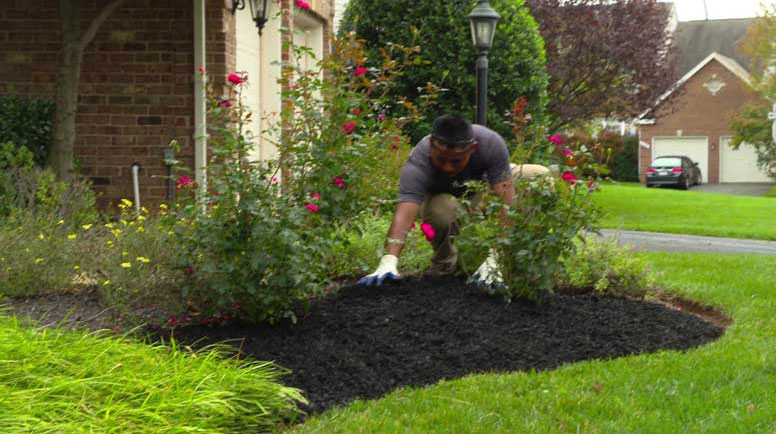WHICH FERTILIZER DO MY PLANTS NEED?
The answer rests in science

Visit your local garden center for beautiful flowers, shrubs, trees and more.
LoveYourPlants.org is brought to you by AmericanHort, in partnership with the National Association of Landscape Professionals.

Applying a layer of mulch is one of the best things you can do for your trees and bedding plants. In addition to adding color and texture to a landscape, retaining moisture, suppressing weeds, and acting as an insulator, organic mulches have many natural benefits. They:
Mulching materials can either be organic or inorganic. Common organic mulches include wood chips, shredded bark, pine needles, shredded leaves, and straw. Lawn clippings and even crop by products such as ground corncobs and hulls from buckwheat or cocoa beans are also choice covers. Inorganic, or commercial mulches, are available in several varieties, colors and price ranges. Your landscape professional can help you understand the timing and the type of mulch best suited for your application.
Before you get out the shovel and trowel, here are a few things to consider prior applying mulch around trees or in your garden beds:
The application of mulch certainly adds a completed look to your landscape. Aesthetically, it just finishes off a focus area; however, its greater value is in the benefits it offers to the hidden roots it covers.
We recently updated our Privacy Policy. By continuing to use this website, you acknowledge that our revised Privacy Policy applies.